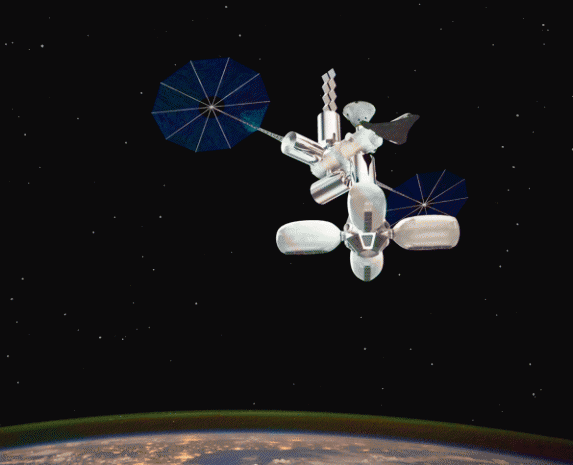
Breaking News
 Who Is ?@NickShirley?? | PBD Podcast | 710
Who Is ?@NickShirley?? | PBD Podcast | 710
 20 Cozy Ways to Celebrate New Year's Eve at Home
20 Cozy Ways to Celebrate New Year's Eve at Home
 The methylation switch: Scientists identify diet that can turn back the cellular clock
The methylation switch: Scientists identify diet that can turn back the cellular clock
 Americans are slaves for the wealthy elite's that write legislation along side corporations...
Americans are slaves for the wealthy elite's that write legislation along side corporations...
Top Tech News
 Laser weapons go mobile on US Army small vehicles
Laser weapons go mobile on US Army small vehicles
 EngineAI T800: Born to Disrupt! #EngineAI #robotics #newtechnology #newproduct
EngineAI T800: Born to Disrupt! #EngineAI #robotics #newtechnology #newproduct
 This Silicon Anode Breakthrough Could Mark A Turning Point For EV Batteries [Update]
This Silicon Anode Breakthrough Could Mark A Turning Point For EV Batteries [Update]
 Travel gadget promises to dry and iron your clothes – totally hands-free
Travel gadget promises to dry and iron your clothes – totally hands-free
 Perfect Aircrete, Kitchen Ingredients.
Perfect Aircrete, Kitchen Ingredients.
 Futuristic pixel-raising display lets you feel what's onscreen
Futuristic pixel-raising display lets you feel what's onscreen
 Cutting-Edge Facility Generates Pure Water and Hydrogen Fuel from Seawater for Mere Pennies
Cutting-Edge Facility Generates Pure Water and Hydrogen Fuel from Seawater for Mere Pennies
 This tiny dev board is packed with features for ambitious makers
This tiny dev board is packed with features for ambitious makers
 Scientists Discover Gel to Regrow Tooth Enamel
Scientists Discover Gel to Regrow Tooth Enamel
 Vitamin C and Dandelion Root Killing Cancer Cells -- as Former CDC Director Calls for COVID-19...
Vitamin C and Dandelion Root Killing Cancer Cells -- as Former CDC Director Calls for COVID-19...
MIT Envisions The First Space Hotel

How do you make research in space less expensive? Why not build a space station where half of the structure functions as a luxury hotel–and the other half belongs to NASA's astronauts?
That's the idea behind the Managed, Reconfigurable, In-space Nodal Assembly (or MARINA, for short), a conceptual design from five MIT graduate students that recently won the graduate division of NASA's Revolutionary Aerospace Systems Concepts design competition. Acting as a tenant of the space hotel concept would cost NASA about $360 annually–drastically less than what it costs to operate the International Space Station. It would save 16% of NASA's overall budget–about $3 billion per year.

According to Matt Moraguez, a graduate student in MIT's Department of Aeronautics and Astronautics who led the proposal, MARINA has a modular design, with standardized interfaces that could connect any single point on the structure to any other. This standardization would allow other companies to create products and services for people living on MARINA–and create more possibilities for monetizing valuable space. Modularity would also enable the structure to transform into a vehicle for transporting people to Mars.



